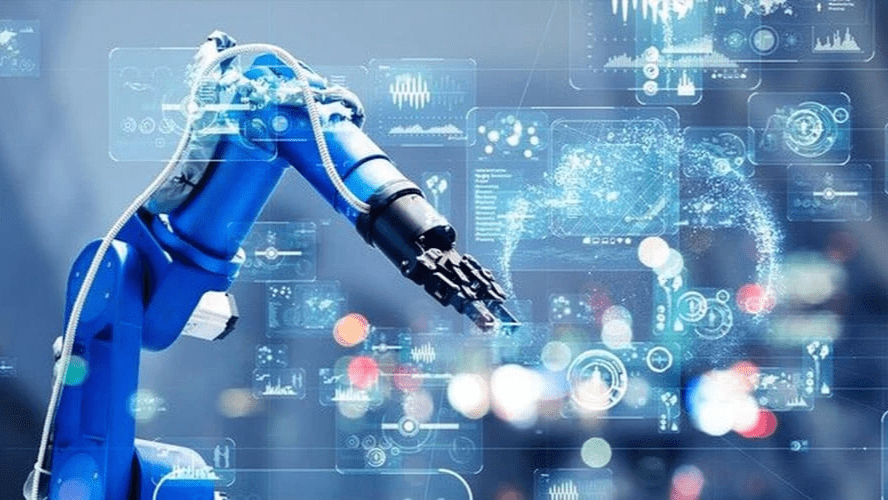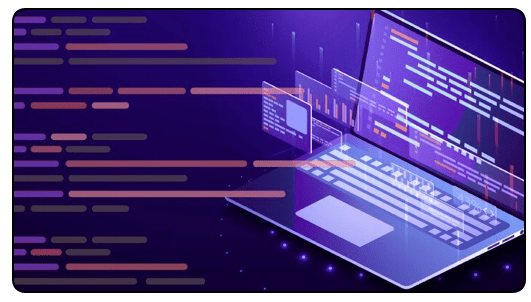

Restaurant Technology
The Fourth Wave of Innovation






Restaurant Technology
Investment Focus | Forces of Change | Opportunity
2024+
Technologies unification
As more operators turn to tech to improve their performance, it’s easy to get carried away with the many applications and softwares that will end up complicating the process. Technologies unification involves integrating cloud APIs to deliver simplified functionalities that allow operators to track their restaurant’s progress in real-time. Real-time tracking enables operators to constantly identify where and why sales are behaving the way they are, and to act on it accordingly. Visual tools such as dashboards allows this collected data to be readily accessible to operators, key stakeholders and even staff. This democratization of information leads to greater awareness and understanding of the business.
Technology Investment Division
There is great, passionate debate today, about nearly everything. Politics, lifestyle, the workplace, healthcare, childcare, even technology. There are basically two core perspectives. The All-in-One bungle that always positions the POS at the center of the universe, and everything else in supporting roles. The All-in-One solution positions the technology vendor as in control. That may be good for some brands. The POS may be swapped out for the website, if you are an agency, however. Then there is the alternative thesis, the unbundled, cloud-connect tech-stack where the brand is in control.Still integrated to a central data lake, where data is the center of the universe and all technology solutions and systems of record are working together. This will be a debate for years to come with both winning market share...with interesting uses cases and studies on which is best for the long term.
Productivity Software
Restaurants reopened in 2021 with limited staffing. Dining rooms are still staff-challenged and some operators have closed their restaurant on a Monday, or partially closed sections. But there is more risk here. The reality is the industry has displaced over 6 million employees. Purchasing, inventory, staff scheduling, reservations are all unknowns. Prior sales data is useless. We are back to guessing. Having access to next generation productivity software that supports efficiency will be a key to managing costs and generating more real time insights to help manage in a new era.
Conversational interfaces
Over 50% of all search is voice. This changes how consumers discover and order, make reservations. We also set our sights on the human interface and conversational commerce. This means using voice and text chatbots to enable consumers to order food, manage guest services, make reservations, manage guest satisfaction and engage interactively where billions of people are online already. The use of chatbots can also extend to B2B applications where operators from different verticals are able to order from other vendors. This accelerated ease of using voice platforms like Alexa, Google Assistant and Siri, and chatbots platforms like Facebook and Slack are permeating the industry as operators seek more efficient ways to quell the growing demands of their guests.
Improved communication and accessible education
F&B operators are increasingly aware of the importance of bridging gaps in communication between staff and consumers, as well as widening access to information that will inform them of better decisions to improve their service and business. Access to education will allow companies to understand their consumer better and allow them to decide how best to engage them. This means businesses can stay ahead of their consumers and anticipate their needs and wants — and anticipation is crucial in creating memorable guest experiences.
Automation - Food-maker robotics
The labor pool remains competitive and continues to shrink, the restaurant industry is particularly challenged to hire, train and retain quality and affordable FOH and BOH staff. Operators are no longer in control of their labor costs with state mandates for minimum wages increases and healthcare benefits. With thin margins, naturally, restaurant concepts must evolve in these changing and challenging times. Enter the food-maker robots that make and serve hamburgers, yogurt, pizza another food categories, just to start. We see low cost, high potential ROI's for entrepreneurs and existing operators and landlords. Food-maker robots and robot vending will affect how we conveniently consume fast food and snacks with no human interaction.
Growth Categories to Watch in 2024+
- Loyalty and Customer Intelligence
- Advances in Inventory management
- Voice / Bot Technology
- Robotics / Automation
- Artifical Intelligence
- Food Safety / Quality (a new category for the 2021 map)
- Ordering and Payments will continue to evolve
- Marketing Analytics / CRM, and Order / Delivery (both B2B and consumer-facing marketplaces) will continue to consolidate.
Recruiting and retaining workers continues to be a big challenge
No surprise here. The industry still craves solutions for alleviating restaurant challenges related to labor sourcing, retention and overall operational efficiencies. While technology plays a role here, and there are many solutions addressing parts of the problem, success will be defined by a combination of innovative technology, legacy workforce systems and management effectively creating a positive work environment. While the industry is myopically focused on providing superior guest experiences, they need to also focus on culture; happy employees (i) stay longer (ii) perform better (iii) are best at recruiting their capable friends (iv) and product superior results. This isn't a technology solution in search of a labor problem.






